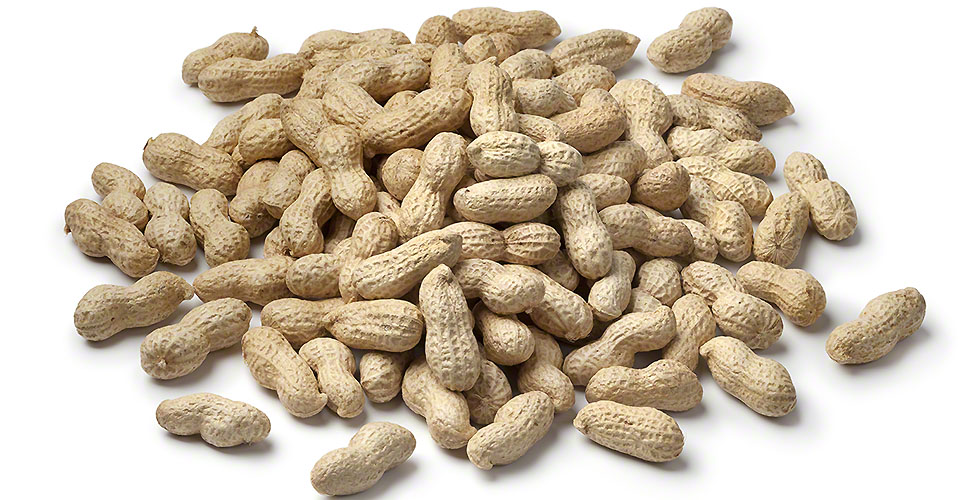Food allergies are common and they are of various types like milk allergy, eggs allergy, fish allergy, tree nuts allergy, and peanut allergy. Here, we will discuss things you should know about peanut allergy and when to visit an allergy clinic.
Peanut Allergy?
When your body overreacts to peanuts, it’s called a peanut allergy. Your immune system mistakenly detects the proteins of peanuts as harmful to the body and fights them as it fights viruses and bacteria. This leads to an allergic reaction.
Peanut allergy is the most common food allergy in children (under 18). However, it’s also common in adults. Some children may outgrow peanut allergy, but if it stays after the age of 18, it’s usually lifelong.
Some adults and children experience mild allergic reactions while others can face life-threatening reactions like anaphylaxis (severe allergic reaction) which must be treated immediately.
Keep in mind that peanuts are not tree nuts, they are a legume. However, the proteins in peanuts are similar to those of tree nuts. Therefore, many people who have peanut allergy might be allergic to tree nuts (almonds, hazelnuts, pistachios, walnuts, etc.) as well.
Symptoms Of Peanut Allergy
Common and mild symptoms:
- Hives
- Red, itchy skin
- Tingling or itching in the mouth
- Nasal congestion or runny nose
Some other symptoms are serious and you must seek medical help.
- Fast heartbeat or weak pulse
- Wheezing
- Coughing
- Shortness of breath
- Difficulty in breathing, swallowing, or talking
- Pale or blue skin
- Lightheadedness
- Drowsiness
- Swelling of the tongue, lips, or face
- Seizure
- Tightness in the chest
- Diarrhea
- Nausea or vomiting
Anaphylaxis
Peanut allergy can cause anaphylaxis. It’s a severe allergic reaction that requires immediate treatment with epinephrine and an emergency room visit.
Signs of anaphylaxis are:
- Swelling of throat
- Difficulty in breathing
- Blockage of airways
- A drastic drop in blood pressure
- High pulse rate
- Dizziness or loss of consciousness
Causes Of Peanut Allergy
Food allergies are due to genetics. Moreover, infants who have eczema or egg allergy are at a higher risk of developing peanut allergy.
Adults and children who are highly allergic to peanuts can show symptoms of allergy even if they consume a tiny amount of it.
Moreover, people can be exposed to peanuts in different ways:
Direct Contact
The common form of contact with peanuts is directly eating peanuts or food that contain peanuts. In some cases, an allergic reaction is triggered when peanuts come in direct contact with the skin.
Cross Contact
If a food has an unintentional inclusion of peanuts in it, it can cause an allergic reaction in someone who has a peanut allergy. This can be unexpected for the person because they may be avoiding peanuts and eating something that didn’t have peanuts in it.
Cross contact can be caused by food that was exposed to peanuts when it was proceeded or made.
Inhalation
Inhaling dust that has peanut particles can cause an allergic reaction as well. It can be a source like a peanut flour or peanut oil spray.
Risk Factors Of Peanut Allergy
The cause of peanut allergy is usually genetic. However, some people are at a higher risk of developing peanut allergy. The risk factors for a peanut allergy are:
Age
The age group that is more likely to develop a peanut allergy is children. The risk is even higher for toddlers and infants. Some of them outgrow food allergies because, with growth, the digestive system of people stops reacting to allergy-causing foods.
Peanut Allergy In The Past
Some people who outgrow a peanut allergy might see a recurrence of a peanut allergy later.
Other Food Allergies
Anyone who is allergic to one food is at a higher risk of developing an allergy to any other food item as well. For instance; if you’re allergic to milk, the risk for you to develop a peanut allergy is higher.
Allergies In Family Members
People who have family members with food allergies or other types of allergies are also more likely to develop a peanut allergy or any other type of food allergy.
Eczema
Eczema or atopic dermatitis is a type of skin allergy. Many people with eczema have a food allergy as well.
Diagnosis Of Peanut Allergy
Symptoms of peanut allergy vary in patients so diagnosis is tricky. However, if you suspect your or your child has a peanut allergy, you should visit an allergy doctor Germantown for a checkup. The doctor can suggest these steps:
Food Diary
Many doctors suggest people keep a food diary if they suspect they have a food allergy. You should keep a record of your eating habits and if you experience any symptoms after eating something.
Elimination Diet
In this method of detecting food allergies, your doctor will suggest you stop eating foods that you might be allergic to for one or two weeks. After that period of time, you will be asked to include that food back into your diet.
However, this method is for people who face mild reactions to the foods. If you experience a severe allergic reaction may consuming an allergy-causing food, this method can’t be used.
Oral Challenge Test
You are asked to eat a small amount of the food that may be causing you an allergic reaction. This test must never be done alone. A doctor must be present during an oral challenge so that if there is a severe allergic reaction, the doctor can immediately treat it with the emergency equipment and medication prepared before the test.
Skin Test
Small amounts of suspected food particles are placed on your arm or any other part of the body for detecting which food causes you an allergy.
Blood Test
A blood test checks the response of your immune system to certain foods and detects if you have a food allergy.
Treatment For Peanut Allergy
Prevention is the best treatment for food allergies. However, these are some treatments and medications used for increasing the tolerance of an allergy-causing food or treating the reactions caused by consuming the food.
Oral immunotherapy
At the time of this writing, Palforzia is the only oral immunotherapy product approved by the FDA. However, it’s only for children aged between 4-17.
It slowly exposes a child to peanuts to increase tolerance to peanuts. With this immunotherapy, the risk of anaphylaxis after accidental ingestion of peanuts or peanut-containing food can be lessened.
It must be kept in mind that this treatment is not a cure. Peanuts must be avoided by the patient. Moreover, the child or you should keep two epinephrine auto-injectors for treating a severe allergic reaction if it ever occurs. Moreover, you should be prepared for an allergic reaction due to the treatment itself.
Epinephrine
It’s only used for reversing the symptoms of a severe allergic reaction. It’s been proven to be a life-saving treatment for people who get anaphylaxis after eating or being exposed to the food they are allergic to. However, this is not a cure for any food allergy including peanut allergy.
Antihistamines
These medicines can help reduce some allergic effects of peanut allergy like congestion and itching. This is also not a cure for any food allergy.
Corticosteroids
If your allergic reaction has caused swelling, you may be prescribed corticosteroids for reducing swelling. This is also not a cure for any food allergy.
Conclusion
Peanut allergy is common in children and also in adults. If you suspect that you or your child has a peanut allergy or any other allergy, don’t delay your appointment with an allergy specialist Manassas.



